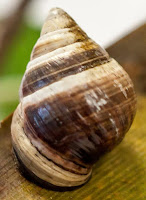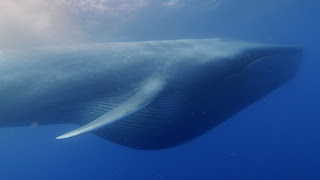Only consider:
1 -- Drop that avocado! Monarch butterfly numbers are falling precipitously at both of their migration destinations, California and Mexico. The growing scarcity of milkweed along their
routes -- development everywhere! -- and loss of habitat (ditto) and use of
pesticides . . . have all “contributed” to the Monarchs’ dramatic decline.
In Mexico, where they used to be photographed in
trees so butterfly-dense the trees were obscured, forests are now being cleared
so farmers can grow avocados -- the latest (profitable) fad food.
2 -- Don’t pet the longhorn! The fight to rid professional sports
teams of names that demean Native Americans is still underway. Concurrent with that campaign is advocates’
wish to halt the practice of sports teams having live animal mascots . . . like
longhorn steers. (You read it right:
cattle. with looooong pointed horns.)
 |
| Dodo pic |
It’s inhumane for
the animals involved (involuntarily, of course), as well as potentially deadly
for people. Please sign the petition in
this Dodo story to end the nonsense.
3 -- Runaway cow inspires bill: Remember Brianna, the cow who jumped from a
trailer taking her to slaughter, then just a few days later gave birth to “Winter”
at the sanctuary where she found lifetime refuge? Now a new bill in the NJ legislature, “Brianna’s
Law” would make it illegal to kill a pregnant cow, with possible fine and prison
penalties.
 |
| APLNJ pic |
4 -- And the killing (a.k.a. “deer
management”) continues
Non-lethal, humane animal management appears to be unheard of in Mercer
County. This deer hunt goes on and on in
area parks. Who OK’d this method, and
why? Were time and cost involved, as in
too much time to bother studying non-lethal options, and/or too costly to “manage”
humanely?
And who is against the hunt -- what have deer defenders done and what might they do (more effectively) next time around? When will decisions about “deer management” be made for 2019-20?
And who is against the hunt -- what have deer defenders done and what might they do (more effectively) next time around? When will decisions about “deer management” be made for 2019-20?
The temptation to despair can seem irresistible at times. The state of the world, especially the world of innocent animals -- variously tortured by hunting, poaching, slaughtering, experimentation, habitat loss -- seems to worsen every day, causing more and more animals to be endangered and hurried toward extinction.
It can feel
as if “the end is near!” as we humans thoughtlessly keep blundering through this
Anthropocene era (the period during which human activity has been the dominant influence
on climate and the environment) of
our own making.
Can anything be done to help reverse this shameful scenario? Please see the next post . . . .
#














